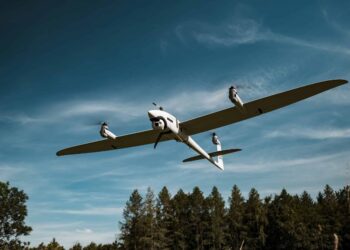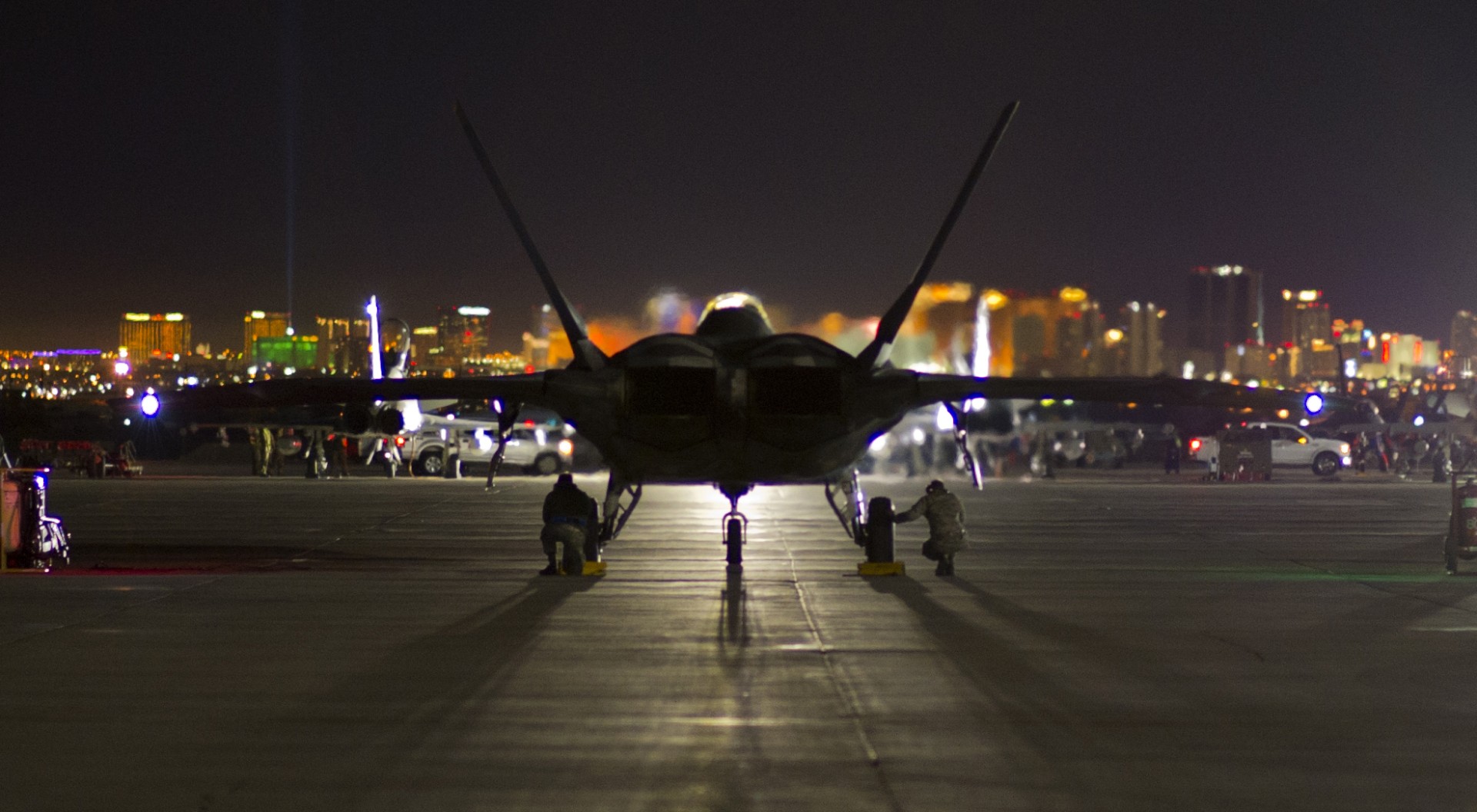US Air Force,
SOUTHWEST ASIA: When A-10 Thunderbolt II pilots throughout Southwest Asia respond to a ground commander or joint terminal attack controller's call for close-air-support, pilots on alert respond with the appropriate ordnance loaded to accomplish the mission.
Putting those bullets and bombs on target doesn't just happen with the careless push of a button, however.
Pilots must endure months of rigorous training at home station before being considered qualified to fly a combat sortie.
“We spend about six months in training just learning how to fly the A-10. Then once you get to your first operational squadron you spend another two or three months doing mission qualification training,” said Capt. Brian Dresser, a 354th Expeditionary Fighter Squadron A-10 pilot. “We're pretty thoroughly evaluated.”
|
An A-10 Thunderbolt II takes off to provide close-air support to ground troops in Iraq April 25 from Al Asad Air Base, Iraq. The 438th Air Expeditionary Group A-10s perform 10 sorties daily, with 900 sorties in this last four months. (U.S. Air Force photo/Tech. Sgt. Cecilio M. Ricardo Jr.)
More Military Pictures
|
Those months of training aren't just on how to fly the plane, but on how to use the ordnance the jet carries.
“During our training, we have the opportunity to practice with most of the weapons the A-10 carries,” the captain said.
As far as bullets and bombs are concerned, the A-10 is well-known for its massive 30mm nose gun, designated the GAU-8, which can fire massive rounds at a rate of 65 rounds per second. When the gun is not enough, the A-10 can call upon a small arsenal of rockets and bombs.
“We can carry GBU-12 (guided bomb unit) laser-guided bombs, MK-82 general purpose bombs, high explosive rockets as well as white phosphorous rockets for marking targets,” Captain Dresser said.
With weapons loaded and wheels off the ground, the A-10 doesn't always have to employ ordnance in order to get the job done. Sometimes, all they have to do is show up.
“Sometimes we do nonkinetic missions, such as a show of force, where we are kind of like a cop walking a beat where we fly low to make our presence known,” the captain said. “Just by our sheer presence we can deter enemy activity.”
When the situation calls for more than just a presence, pilots have eyes on the ground, in the form of JTACs, who provide the pilot with coordinates on where to put their ordnance.
“No weapons are employed in this theater without a JTAC involved with the process,” said Lt. Col. Joseph Badalis, the JTAC commander. “Every weapon is observed and positive identification of the threat is established to avoid friendly and noncombatant casualties.”
“We have very strict rules of engagement we have to follow when it comes to target engagement,” Captain Dresser said. “Normally, the target is labeled by the ground commander or whoever has on-scene command. Then the JTAC then translates what the ground commander wants in terms of target engagement.”
It's at this time that the pilot's training and experience comes to its ultimate fruition.
“The coordinates we are given are always double and triple checked. We always have two pilots verifying target coordinates prior to engagement,” Captain Dresser said. “The ground commander has to positively identify the target first; far away from just indiscriminately targeting something.”
“JTACs and their supported ground commanders carefully assess their situation to adjust weaponeering, in consultation with the aircrew, to achieve their desired effects with minimum collateral risk,” Colonel Badalis said.
It is this symbiotic relationship between JTAC and pilot that creates maximum target lethality with minimum risk of civilian casualties.
“These guys here do outstanding work,” said Lt. Col. Kevin Anderson, the 354th Expeditionary Fighter Squadron commander. “When we show up, we have a huge impact on the fight. Being able to get these guys out of a bad situation by providing the close-air-support they need is the most rewarding thing.”
“The greatest sense of accomplishment is that after a mission, we can say that those guys on the ground are still alive,” Captain Dresser said.










